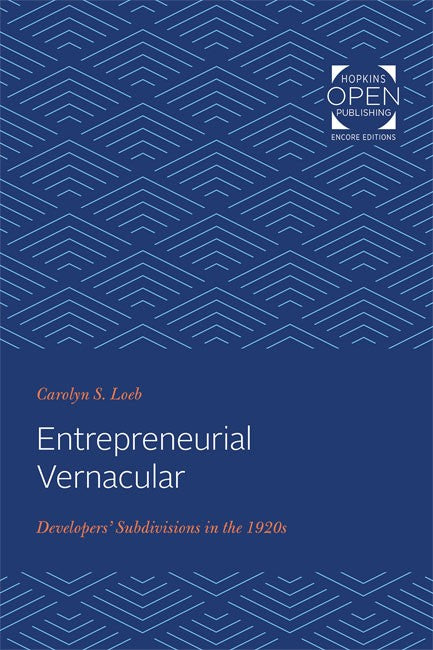Request Academic Copy
Please copy the ISBN for submitting review copy form
Description
Contents:
List of Illustrations
Acknowledgments
Introduction
THE ENTREPRENEURIAL VERNACULAR SUBDIVISION
Entrepreneurial Vernacular
The Emergence of a Housing Solution in the 1920s
The Subdivisions and Their Builders
Agency, Form, and Meaning
PART I - THREE SUBDIVISIONS AND THEIR BUILDERS
Chapter 1: The Ford Homes: The Case of the Borrowed Builders
The Ford Homes: Background and Overview
The Ford Homes: Design and Construction
The Development of Industrialized Building
Relations of Production
Modeling Efficient Development
Chapter 2: Brightmoor: The Case of the Absent Architect
Brightmoor: Background and Overview
B.E. Taylor and the Development of Brightmoor
The Absent Architect
Situating Brightmoor
Chapter 3: Westwood Highlands: The Rise of the Realtor
Westwood Highlands: Background and Overview
The Role of Style
The Principles of Organization
Realtors: The Professional Project
Realtors as Community Builders
Rationalizing Development
PART II - AGENCY, FROM, AND MEANING
Chapter 4: The Home-Ownership Network: Constructing Community
The Prevalence of the Single-family Detached Suburban House
The Home-Ownership Network
The Neighborhood Unit Plan
Communities on the Ground
Chapter 5: Architectural Style: The Charm of Continuity
The Ford Homes
Brightmoor
Westwood Highlands
Stylistic Pluralism
The Charm of Continuity
Conclusion: ARCHITECTURE AS SOCIAL PROCESS
Distilling a New Vernacular
Entrepreneurial Vernacular and the Landscape Exchange
Notes
Bibliographical Note
Illustration Credits
Index
""Entrepreneurial Vernacular is certainly the best and most comprehensive book I have read about the design and development of the modern, large-scale housing subdivision.""

